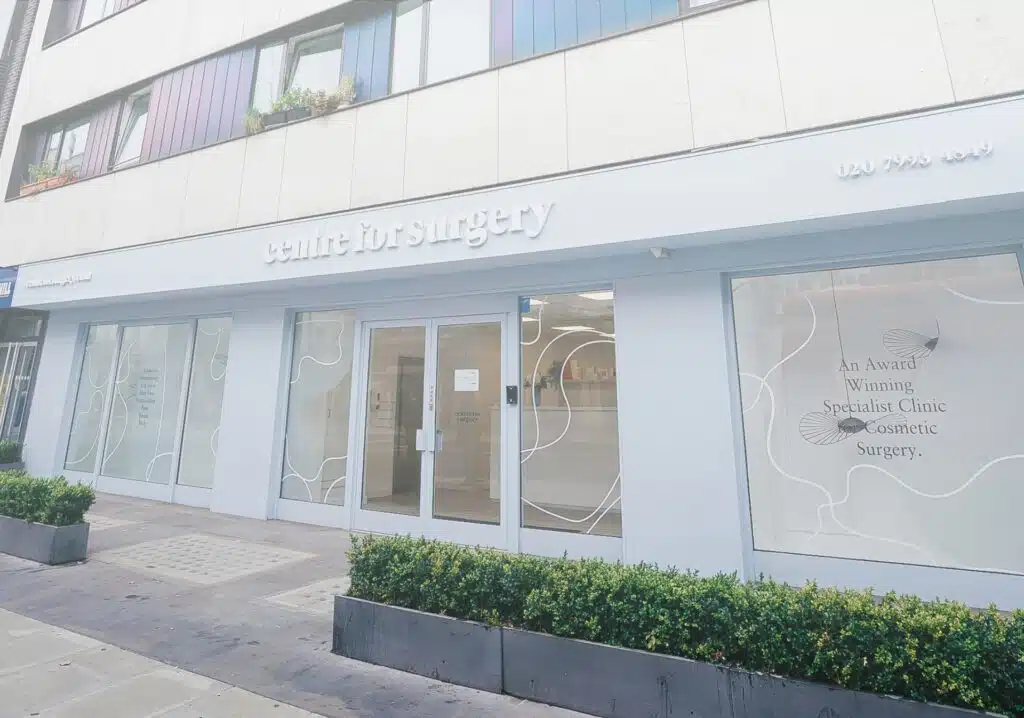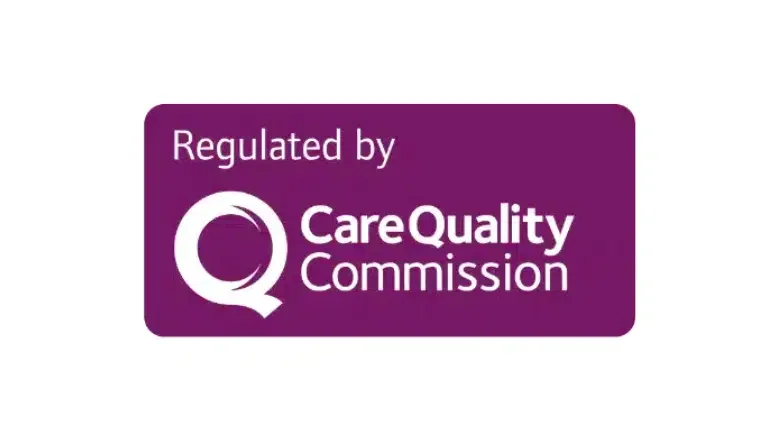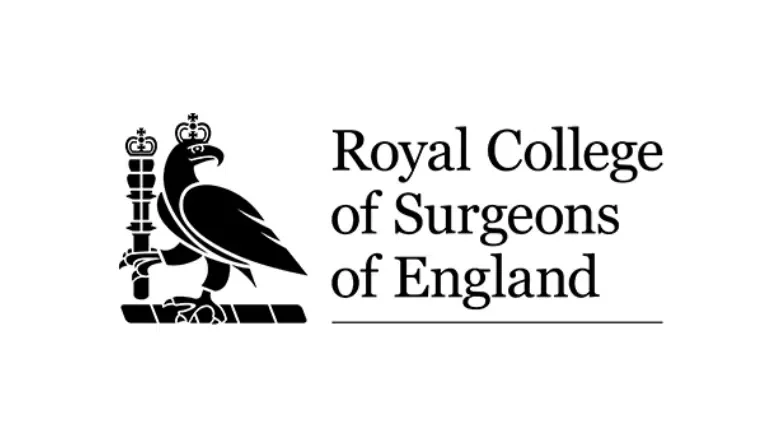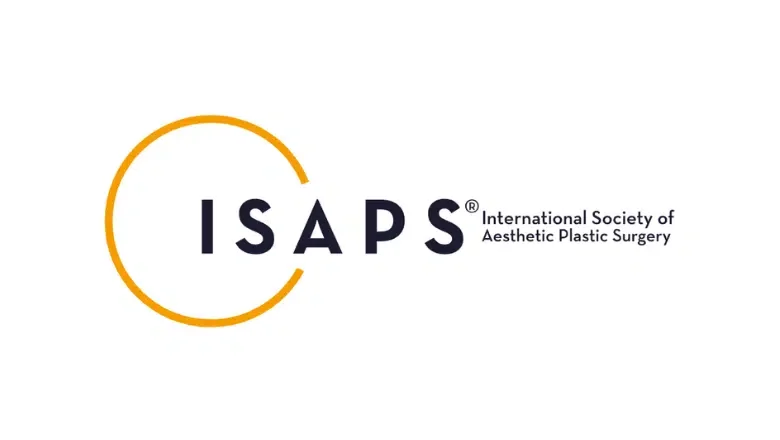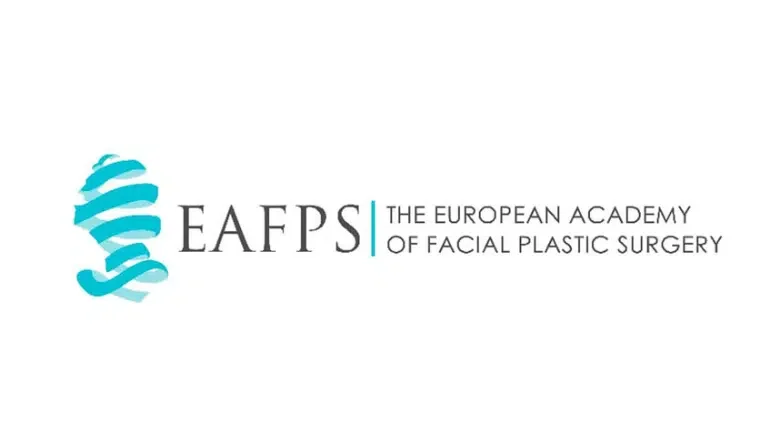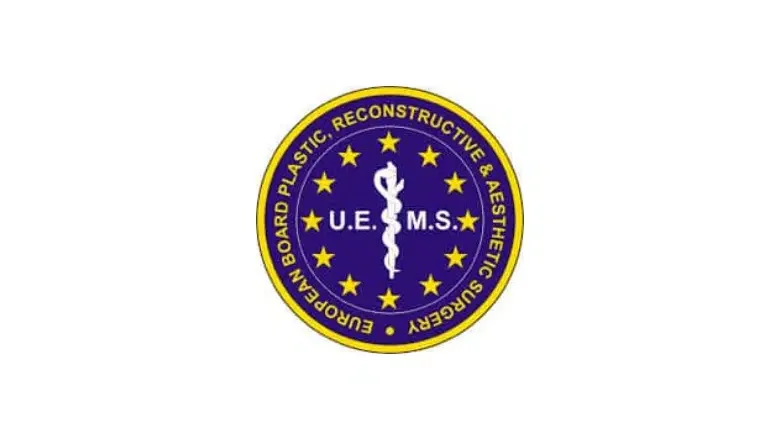Liposuction is one of the most popular cosmetic surgery procedures carried out in the UK, and the incredible outcomes achieved with the procedure make it easy to understand why. Liposuction targets unwanted fat in areas of the body that have proven resistant to diet and exercise. A significant amount of information about liposuction is available online. However, there is a lot of conflicting information, leaving patients more confused than before. Here, we discuss some of the common myths about liposuction to help you better understand the procedure.
RELATED: Am I suitable for liposuction?
MYTH 1 – Liposuction is effective for weight loss
Most people seem to think liposuction is a procedure suitable for those who wish to lose a substantial amount of weight. However, this is not the case. Liposuction is ideal for individuals who have a smaller amount of excess fat that they have been unable to lose through a healthy diet and exercise regimen. If you have too much body fat and undergo liposuction, you may find you end up with excess skin and will then require a tummy tuck procedure. Therefore, liposuction is only offered to individuals with smaller areas of resistant fat that they wish to have removed. It is essential to achieve your goal weight before undergoing liposuction, as this will help maintain the results after surgery.
Liposuction should not be considered a primary tool for weight loss. Liposuction is a body contouring procedure to sculpt and contour the body to produce a proportional and balanced result. Plastic surgeons at Centre for Surgery only offer this procedure to patients with a body mass index (BMI) under 30.
MYTH 2 – Liposuction is just for women
Liposuction is becoming increasingly popular with men. However, the areas for treatment may vary for men and women. Women tend to focus on liposuction on the hips and thighs, while men may seek liposuction on the stomach and the neck. Men who have gynecomastia may also wish to undergo liposuction to reduce excess fat in the breasts. If you are a man and are thinking about undergoing liposuction, do not hesitate to book a consultation just because you think other men aren’t having the procedure.
MYTH 3 – Fat cells will move to another area of the body after liposuction
This is false. Fat cannot physically migrate to a different body area after liposuction. During liposuction surgery, the fat cells are physically removed, so they cannot move to another part of the body. In some cases, it may be possible to see areas that have been untreated and look larger than before. This is often due to the slimming down of adjacent areas, such as the waist, which may accentuate the size of the hips.
At Centre for Surgery, our expert surgeons will assess you in detail to learn about your expectations, ensuring that surgery is customised to achieve a natural-looking body contour.
MYTH 4 – It is not possible to gain weight from where fat cells were removed
There is a common misconception that after liposuction, it is impossible to gain weight in the areas where fat has been removed. This is not true with liposuction. Although fat cells are physically suctioned out during the procedure, the body eventually produces new fat cells, which means excess weight can be gained in the areas treated with liposuction. This is why it’s essential to maintain a stable weight before undergoing liposuction and to support it after the procedure. A healthy lifestyle is the key to getting the best results after liposuction to ensure liposuction results are permanent.
MYTH 5 – Older people cannot have liposuction
Despite the common misconception, there is no maximum age limit for liposuction. However, you will still need to be assessed to see if you are a suitable candidate. If your skin lacks firmness and elasticity, you may not be an appropriate candidate for liposuction or may experience poorer results than younger patients. You will need to attend a consultation to determine whether you are suitable for liposuction or a tummy tuck, especially if you have significant skin laxity.
MYTH 6 – Liposuction is a dangerous procedure
Liposuction is a surgical procedure with a very favourable risk profile. However, it is not considered a dangerous procedure in any way. At Centre for Surgery, we perform tumescent liposuction under general anaesthesia or local anaesthesia. With local anaesthetic, you will be awake throughout the procedure – there is no need for a general anaesthetic. Furthermore, the tumescent liposuction method reduces bleeding risks during the procedure and lowers the risk of side effects afterwards, such as bruising and swelling. Qualified, experienced GMC-registered surgeons undertake our liposuction procedures.
MYTH 7 – Liposuction is a suitable treatment for cellulite
Liposuction can help improve the appearance of cellulite to some extent, but it is not a cure for cellulite. A combination of genetic factors, hormonal changes, and the underlying structure of the skin and underlying fat contribute to the development of cellulite. Liposuction can remove excess fat, making cellulite less noticeable, but it cannot alter the underlying structure of the skin or address the underlying cause of cellulite.
Other treatments, such as massage therapy, topical creams, and laser therapy, may help improve the appearance of cellulite; however, the results can vary and are often temporary. CelluTite radiofrequency treatment is considered to be the best option.
If you are concerned about cellulite, it’s essential to consult with a plastic surgeon to determine the best course of action for you.
RELATED: What is the best treatment to get rid of cellulite?
MYTH 8 – Liposuction is suitable for removing large quantities of fat
As previously noted, liposuction is not a suitable procedure for those who are morbidly obese. In fact, the more fat that is removed, the riskier the procedure becomes.
At Centre for Surgery, our surgeons will not remove more than 5 litres of fat in a single session, as per the national best practice guidelines on liposuction. If you require more weight removed, you may be better advised to lose weight first to a safe level.
During your consultation, your surgeon will assess your body to determine the amount of fat that can be safely removed and whether you are a suitable candidate for liposuction.
MYTH 9 – Liposuction will cause loose skin
Liposuction does not cause loose skin; however, it is possible to leave with a degree of stretched skin after the procedure, depending on the amount of fat removed. For patients with mild to moderate skin laxity, combining liposuction with BodyTite or a course of Morpheus8 treatments may be a more effective approach to tighten the skin without the need for invasive skin removal surgery. It can take time for the skin to tighten after surgery, depending on the amount of fat removed. Radiofrequency skin tightening with BodyTite can produce impressive skin tightening effects without the need to have a tummy tuck.
MYTH 10 – Liposuction results are immediate
No cosmetic surgery procedure produces results that are visible immediately. It takes time for the final results to become visible. You should be patient during the recovery process and avoid doing too much too soon. The results you see after liposuction will differ at three months compared to 12 months after surgery.
It is essential to note that swelling after liposuction can persist for up to 12 months. This is why giving your body the time it needs to heal and recover is essential. In the end, the results achievable with liposuction will make it well worth the wait.
Liposuction Surgery at Centre for Surgery
Centre for Surgery is considered one of the top plastic surgery clinics for liposuction in the UK. Our expert London plastic surgeons perform hundreds of liposuction and body contouring procedures each year at our state-of-the-art clinic on Baker Street in Marylebone. If you would like to schedule a consultation, call us today on 020 7993 4849 or complete the contact form below. One of our friendly and knowledgeable patient coordinators will be able to provide you with further information about what the procedure entails and act as your personal point of contact throughout your patient journey with us at the Centre for Surgery.

